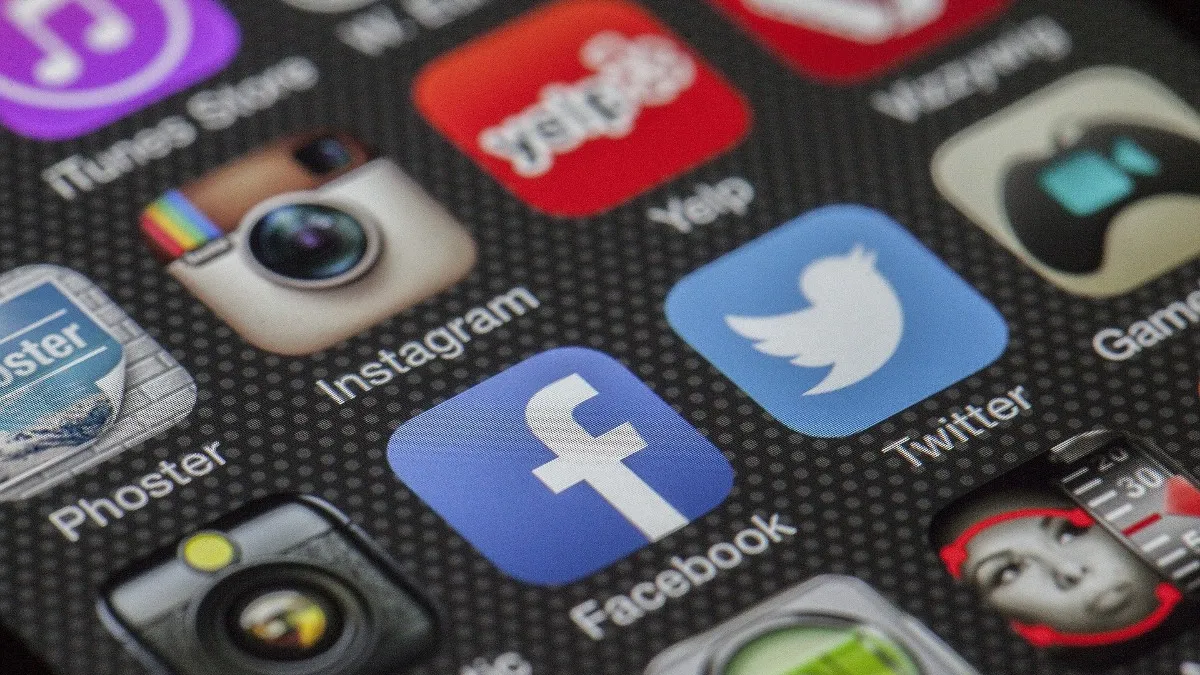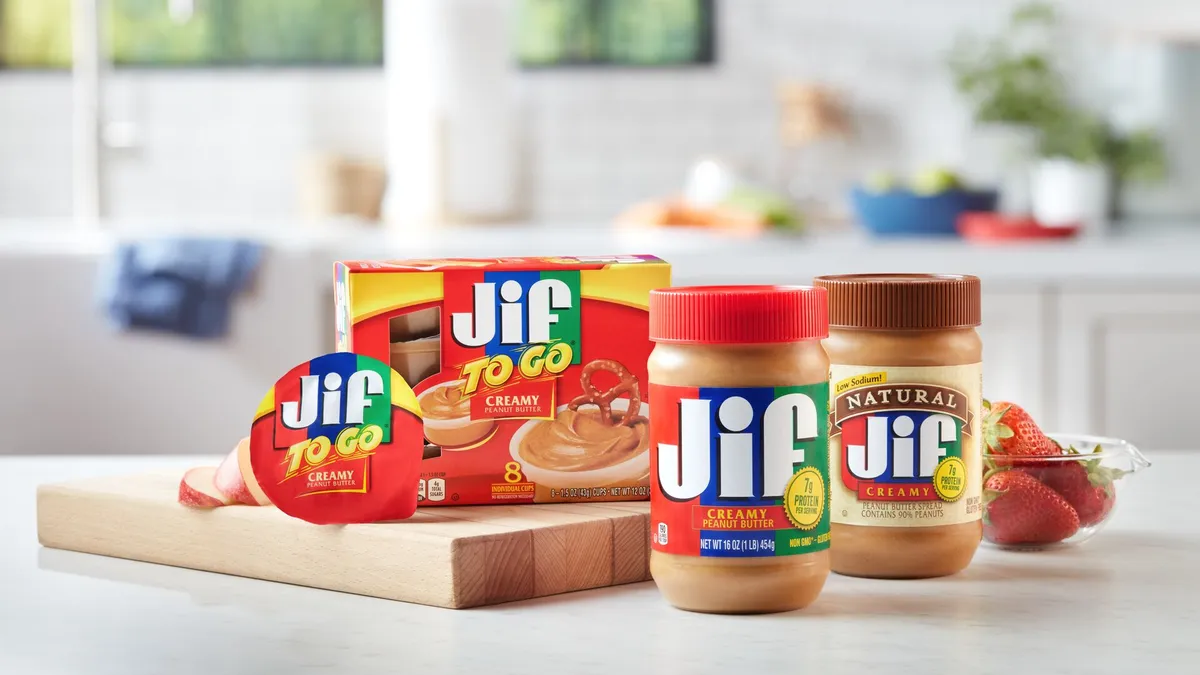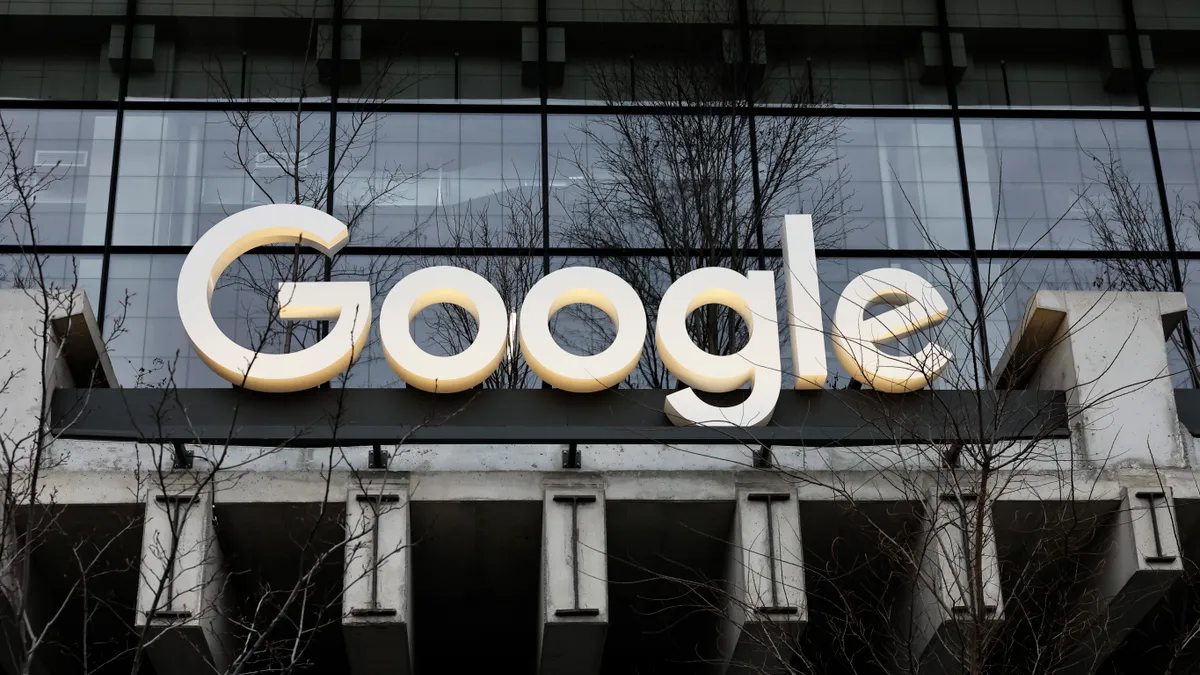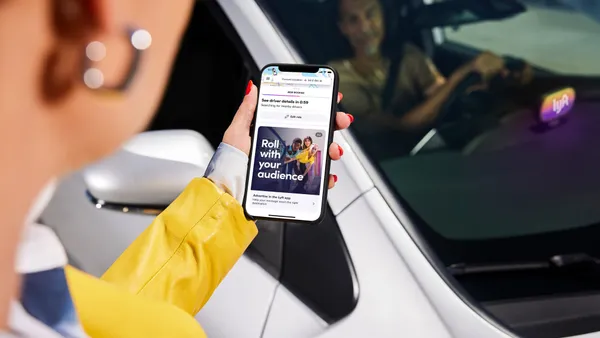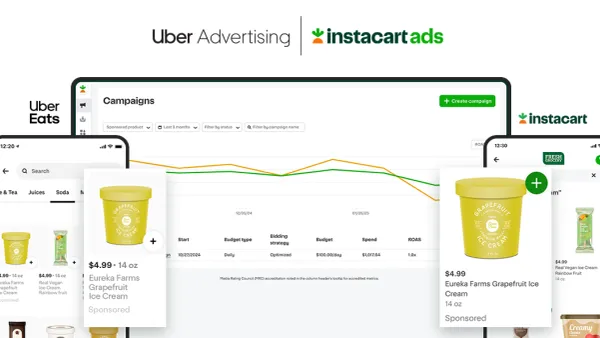Dive Brief:
- Forty-five percent of U.S. diners have tried a restaurant because of a social media post from the establishment. Just 21% said a social media post was a deterrent, while 22% said a restaurant’s social media post persuaded them to return, according to a study from marketing agency MGH.
- Further, the study shows that positive restaurant-to-consumer social media engagement often leads to increased visits. Seventy-four percent of respondents who actively follow and engage with restaurant brands on social media said they're more likely to visit or order food from those establishments.
- "For restaurant marketers, it's clear that high-quality social media content, along with active engagement practices, still has great relevance to consumers. When done right, social content marketing can have great influence over where diners choose to spend their hard-earned money," Ryan Goff, EVP, social media marketing director at MGH, said in a press release.
Dive Insight:
Perhaps the biggest takeaway from this study is that U.S. diners are heavy social media users — 89% have a social media account and 62% check their account multiple times a day. That is a large captive audience for restaurants to reach and it also underscores just how influential a brand's social media marketing strategy can be when it comes to driving not only trial but loyalty.
This should come as no surprise, however. Social media has had a huge impact on the industry for years, offering up both a cheap way for brands to reach either a vast or targeted audience while at the same time offering users the ability to be socialize digitally, which has the potential to take word-of-mouth marketing viral.
Word-of-mouth, specifically family and friend suggestions, continues to be a critical driver of restaurant traffic, as indicated by a recent report from SevenRooms. But consumer expectations are changing. Younger consumers, in particular, expect brands to differentiate their social media personalities and to more heavily engage with them on social channels. For the differentiation piece, take, for example, Wendy's. Since 2017, the brand has become known for its snarky Twitter personality and followers and sales have both increased accordingly. Wendy's Twitter following jumped from 2.1 million to 2.4 million in six months during 2017, while the company's sales exceeded its $10 billion global sales target that same year.
This personality has appealed to younger consumers who are more likely to engage with brands. According to research by TotalRetail, 45% of millennials expect more engaging experiences with brands. This is why brands are not only responding to user comments, but also soliciting user-generated content and ideas, hosting social media contests and leveraging influencers to promote their products.
Of course, social media shouldn't entail a one-size-fits-all strategy and what may work for one brand may not work for another. Wendy's snarky Twitter account may not translate as well at Chick-fil-A, for example. Influencers might be a disconnect at a fine dining establishment. In fact, only 7% of Americans will order a dish recommended by an influencer on social media, according to SevenRooms.
When it comes to social media, content and engagement share the throne. The wrong content can even deter some people (14%) from returning, according to the MGH study. Further, engaging with social fans can actually entice many of them (74%) to visit or order from a restaurant. So critical is engagement in fact that 42% of diners say they have interacted with a brand on social media and, of those, 66% say they're more likely to visit because of this experience. In an environment of otherwise stagnant traffic trends, this is a big deal.


